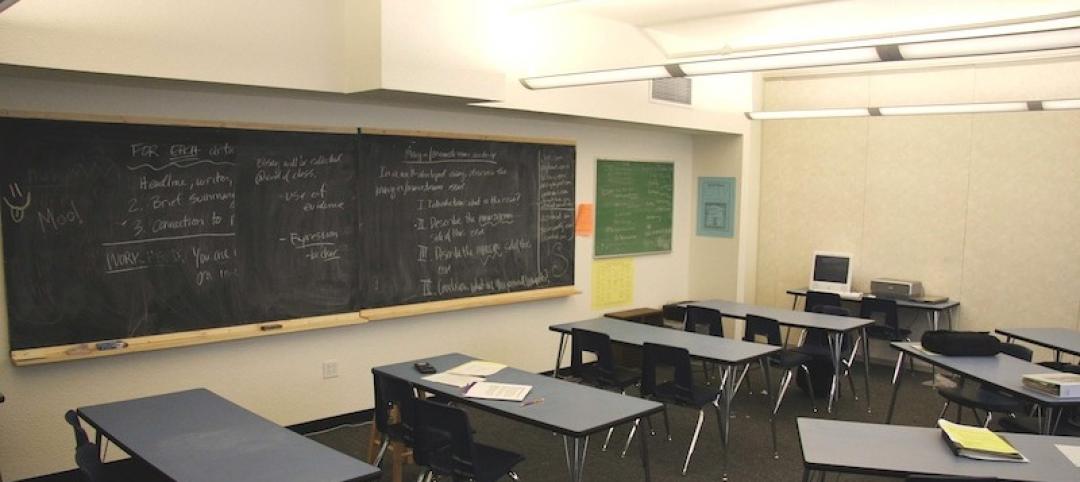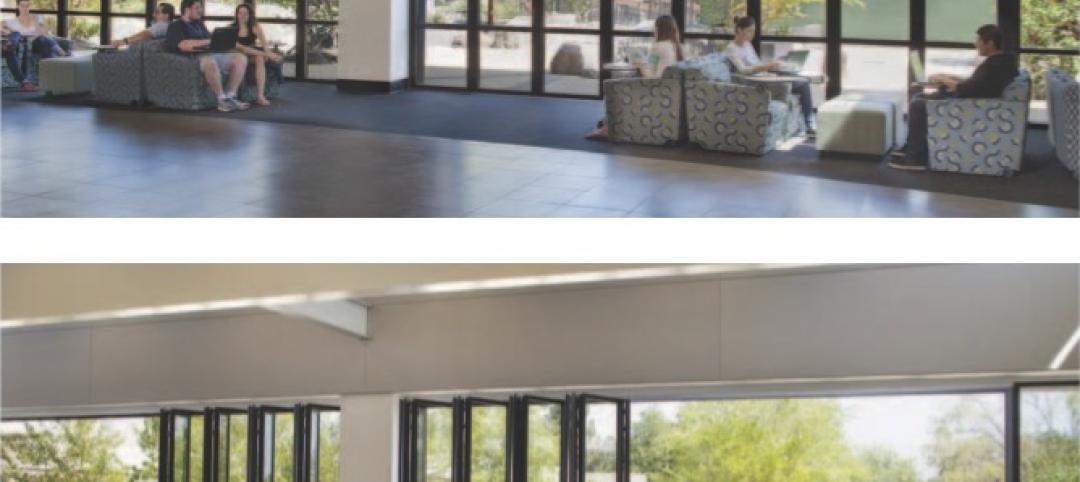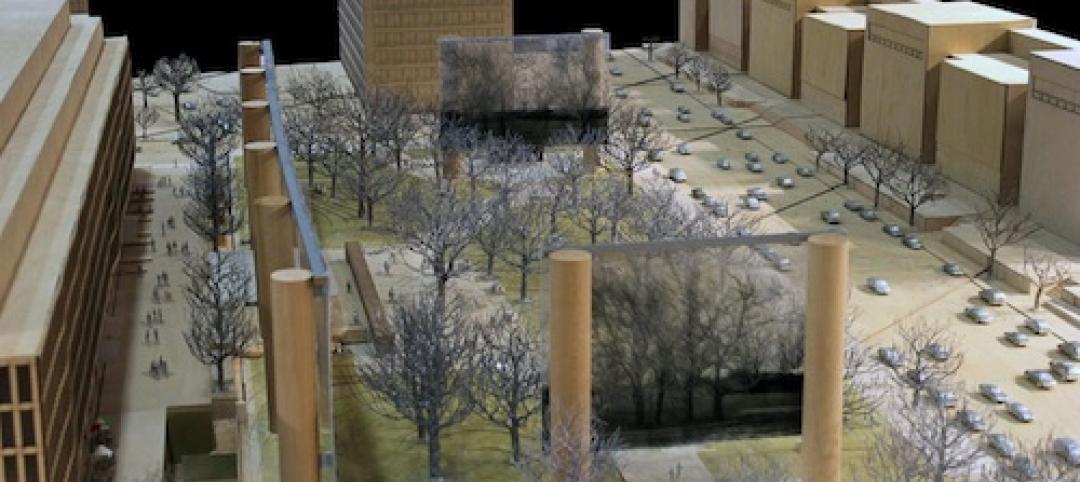Gilbane Building Company today announces the publication of the Winter 2012 edition of Construction Economics -- Market Conditions in Construction. Based on an array of economic data, construction starts, and material cost trends, this free report indicates an increase in construction spending over last year but cautions of an expected downturn again in early 2013.
According to the report, margins are up a slim 1% to 2% year over year for 2012. Once 2013 growth in nonresidential work picks up and both residential and nonresidential are active, the industry may begin to see some labor shortages and productivity losses, which will push up escalation. Also, as it did in 2012, even moderate growth in activity will allow contractors to pass along more material costs and increase margins.
Potential impact of recent events:
- According to the Associated General Contractors (AGC), Hurricane Sandy may not add any economic impact to the construction industry. For the most part, any funds directed to reconstruction will be diverted from some other potential or previously planned construction project and will be spread over a long time span.
- Bond issues considered in the recent elections amount to just over half ($30+ billion) of what was approved in 2008 elections ($60+ billion), signaling a reduction in publicly funded work.
- At the recent McGraw Hill Outlook conference, none of the economists expect the fiscal cliff to happen. However, sequestration or the compromises agreed upon will likely reduce funds available for federal and public projects.
Among the topics covered in this comprehensive report are:
- Construction Starts, Spending, & Costs
- Material Price Movement
- Trends and Costs for Structural Steel, Recycling Steel, & Copper
- Architectural Billings Index
- Current Inflation Forecast
- ENR Index -- BCI History
This free report is available for download at http://info.gilbaneco.com/construction-economics. +
Related Stories
| Mar 21, 2013
Best Firms to Work For: Enermodal Engineering is green to the core
At Enermodal Engineering, there’s only one kind of building—a sustainable one.
| Mar 21, 2013
Are charter schools killing private schools?
A recent post on Atlantic Cities highlights research by the U.S. Census Bureau's Stephanie Ewert that shows a correlation between the growth of charter schools and the decline in private school enrollment.
| Mar 20, 2013
Folding glass walls revitalize student center
Single-glazed storefronts in the student center at California’s West Valley College were replaced with aluminum-framed, thermally broken windows from NanaWall in a bronze finish that emulates the look of the original building.
| Mar 20, 2013
Architecture Billings Index up again in February
The American Institute of Architects reported the February ABI score was 54.9, up slightly from a mark of 54.2 in January. This score reflects a strong increase in demand for design services.
| Mar 18, 2013
Toyo Ito named 2013 Pritzker Architecture Prize recipient
Toyo Ito, a 71 year old architect whose architectural practice is based in Tokyo, Japan, will be the recipient of the 2013 Pritzker Architecture Prize.
| Mar 15, 2013
AIA opposes House bill cutting Eisenhower Memorial funding
AIA opposes House bill cutting Eisenhower Memorial funding.
| Mar 15, 2013
Singapore R&D campus takes top honor in Lab of Year competition
Singapore CREATE R&D campus takes top honor in Lab of Year competition, sponsored by R&D Magazine.
| Mar 15, 2013
7 most endangered buildings in Chicago
The Chicago Preservation Society released its annual list of the buildings at high risk for demolition.

















